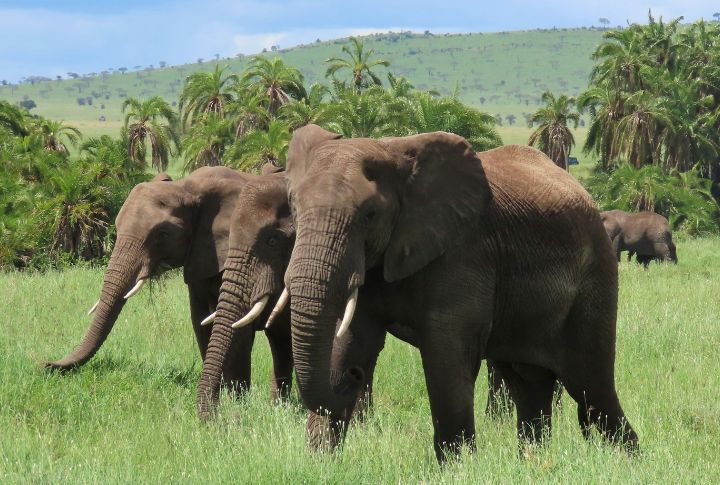
Loss leaves no species untouched. The quiet nuzzle of a sea creature or the haunting calls echoing across the sky point to something deeper. Through lingering gazes and gestures of farewell, animals, fish, and birds show a depth few expect. Take a closer look at the grieving behaviors that make nature not just wild but emotionally resonant in extraordinary ways.
Elephants’ Mourning Rituals
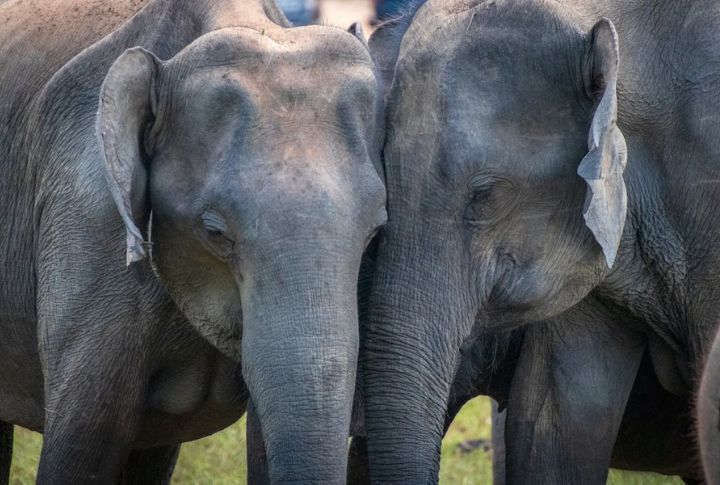
When an elephant dies, others gather around in silent stillness, gently touching bones in quiet recognition. Some attempt to lift their fallen companion, lingering as if unwilling to accept the end. Years later, they return to the same place, drawn by memory and bound by something deeper than instinct.
Chimpanzees’ Silent Goodbyes
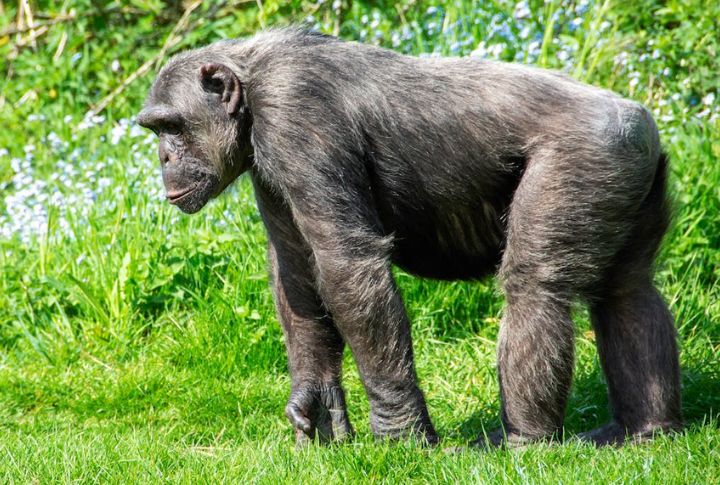
Mothers of chimpanzees carry their lifeless infants for extended periods, refusing to let go. Within forested habitats, they respond to death with subdued actions. Others groom the motionless body, maintaining a respectful distance. This quiet mourning reflects a deep emotional connection that persists beyond the final breath.
Dolphins’ Gentle Farewells
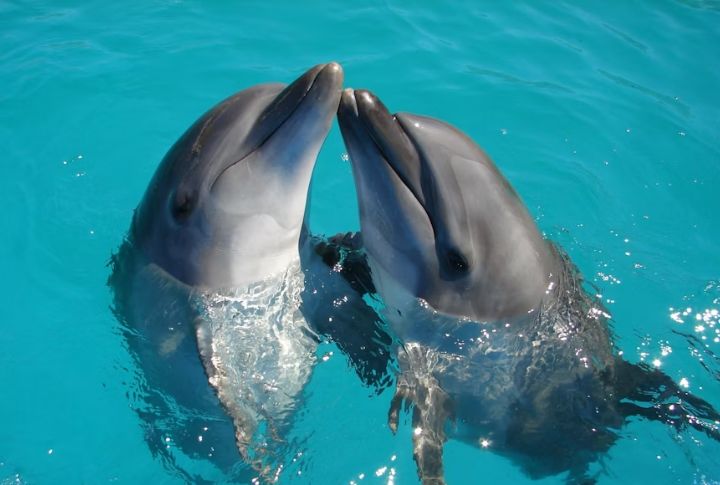
In open waters, dolphins react to loss with striking tenderness. Pods linger near a deceased companion, sometimes for hours. Individuals push the body upward as if encouraging it to breathe again. Protective behavior emerges, with dolphins shielding the dead member from threats, where they form a circle of silent support.
Magpies’ Leaf-Laying Traditions

Among trees and fields, magpies gather around their dead in small flocks. They place leaves or blades of grass on the body in a gesture that resembles funerals. Some bow their heads during these visits, returning to the site for several days at a time. This repeated presence suggests a form of communal grief.
Giraffes’ Lingering Looks
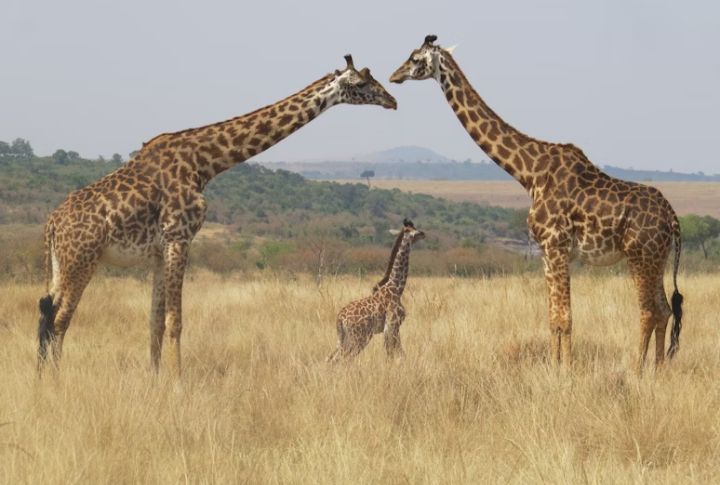
Their actions, though subtle, hint at a thoughtful awareness of loss within the herd. In quiet moments, giraffes have been observed standing near the remains of relatives that passed away. They sniff and lick the body with care, pausing for long stretches in apparent reflection. Occasionally, one may gently nuzzle the lifeless form.
Orcas’ Emotional Bonds
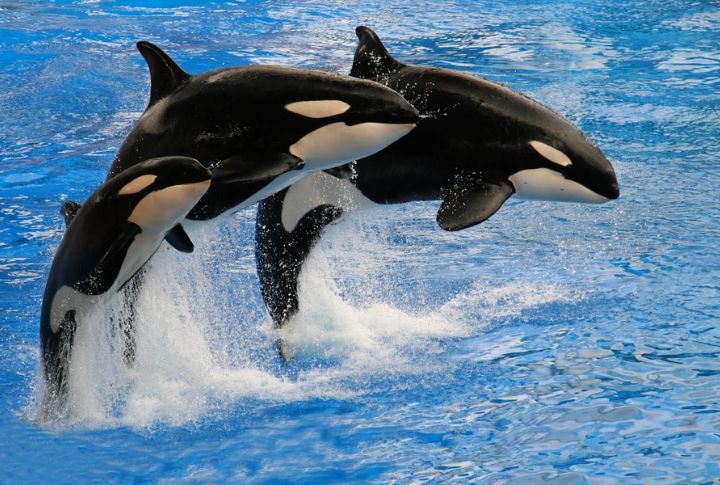
Orcas mourn with visible distress beneath the ocean waves. Mothers refuse to part from their dead calves, carrying them on their backs for days. Pods encircle the body, maintaining close proximity. Female orcas are especially known for this behavior, and the group’s collective mourning reveals strong emotional ties.
Baboons’ Tender Moments
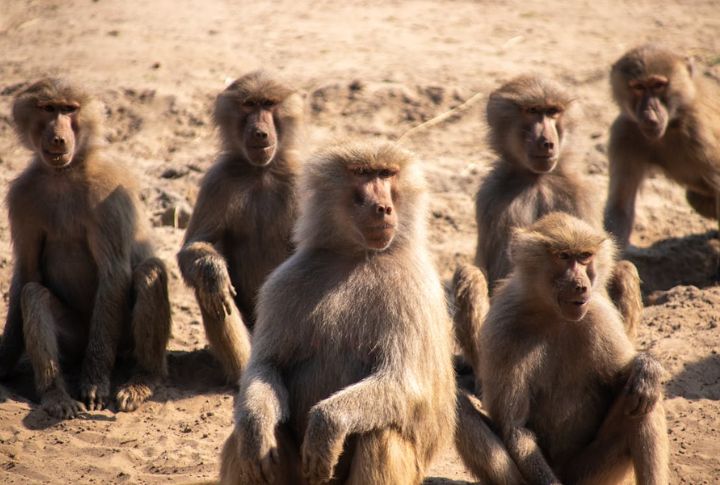
For baboons, grooming sessions continue even after life has ended, except that this daily routine becomes quieter. Their troops allow grieving mothers time to carry their deceased infants by slowing their pace. Changes such as this reflect a social structure that accommodates emotional expression and loss.
Crows’ Mourning Gatherings
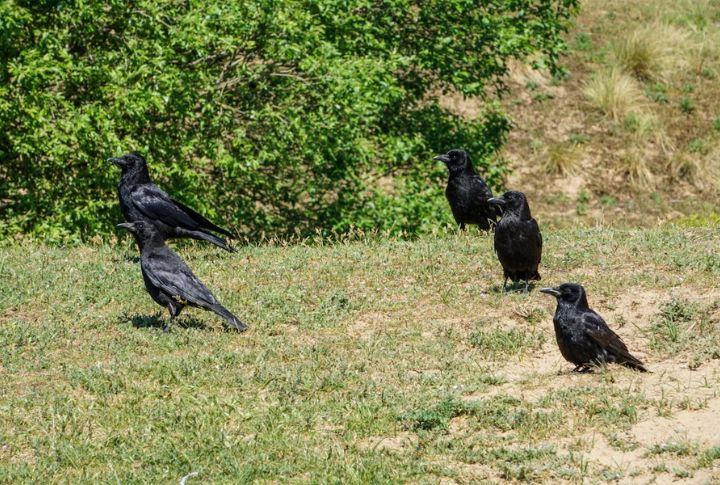
In grassy areas, crows gather in large numbers around a fallen companion. Marked by loud calls and intense observation, these assemblies bear a resemblance to funerals. Some crows remain for several minutes, seemingly trying to understand the event. After repeated deaths in one location, they usually avoid returning, which suggests a learned response to loss.
Manatees’ Gentle Nuzzles
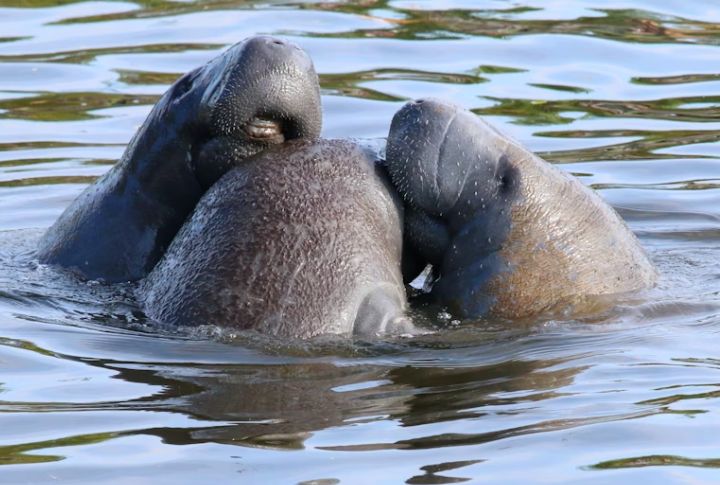
Manatees respond to death with quiet tenderness. Individuals nuzzle the lifeless body by staying close for long periods. Their soft interactions reflect a deep emotional connection. Often referred to as “sea cows,” manatees exhibit a peaceful nature that extends even to moments of mourning and separation.
Gorillas’ Family Farewells
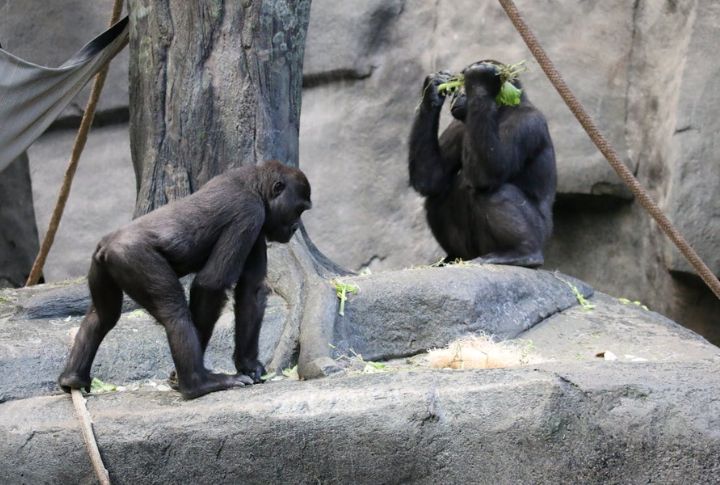
Within tight-knit groups, gorillas show clear signs of grief. They stand vigil near deceased members, sometimes cleaning the body with leaves or grass. Group bonds are reinforced as young gorillas mimic the calm behavior of the adults. These actions reveal a family-like structure where loss is acknowledged through shared, gentle rituals.

